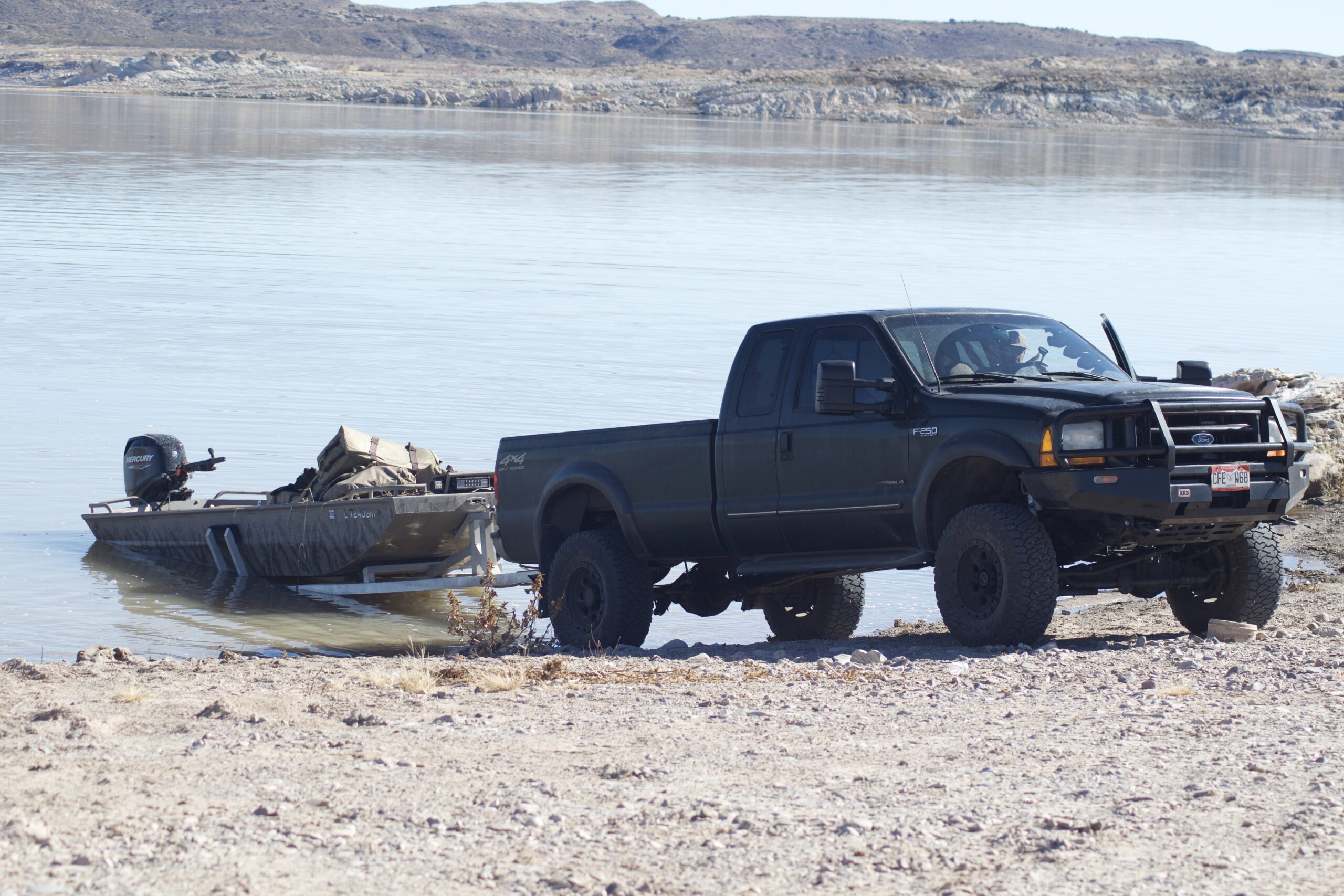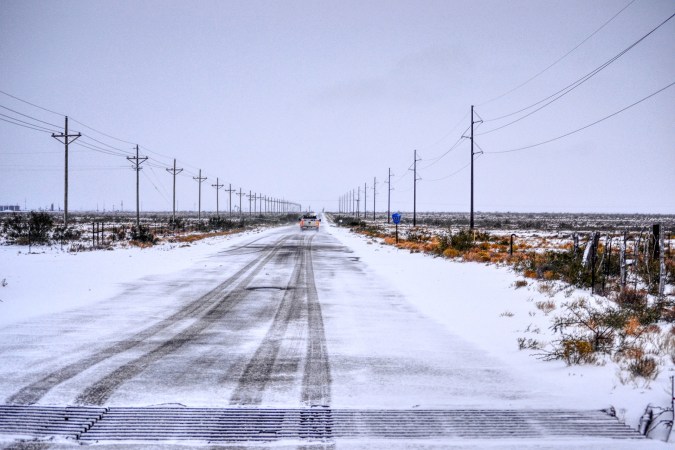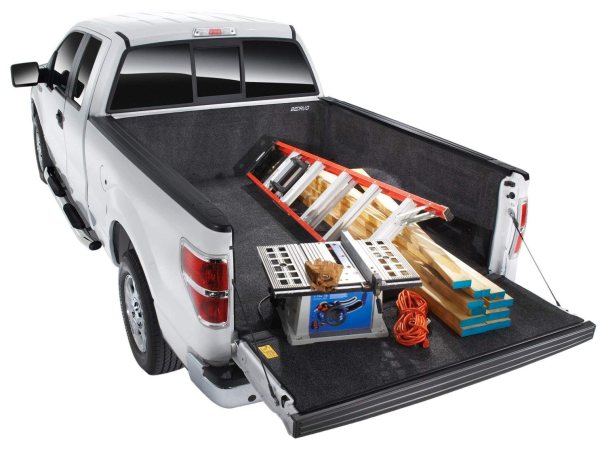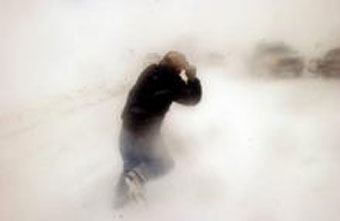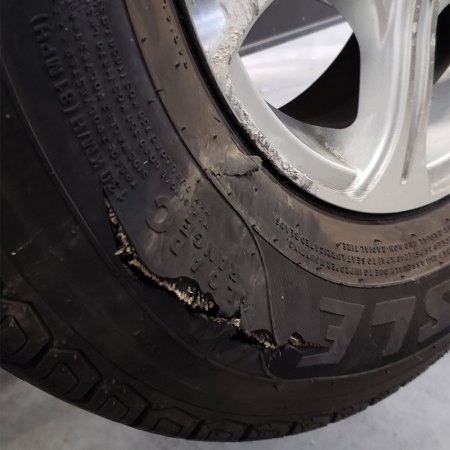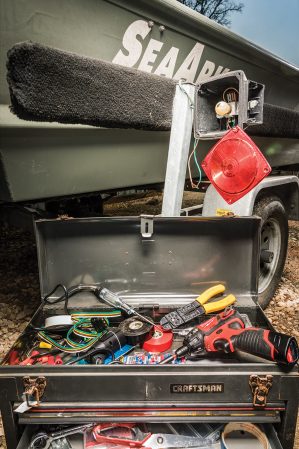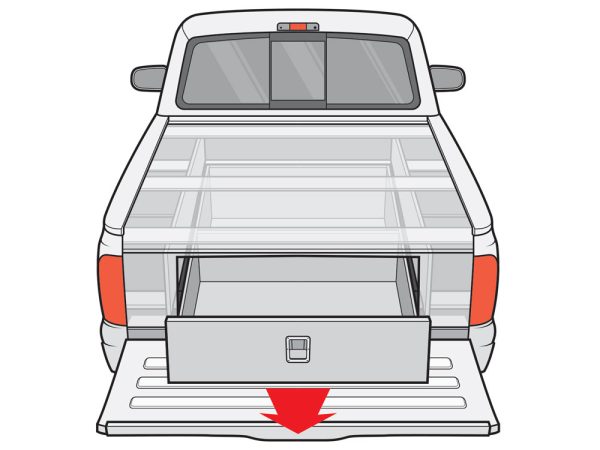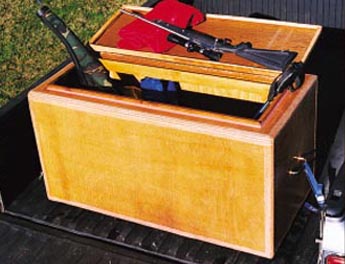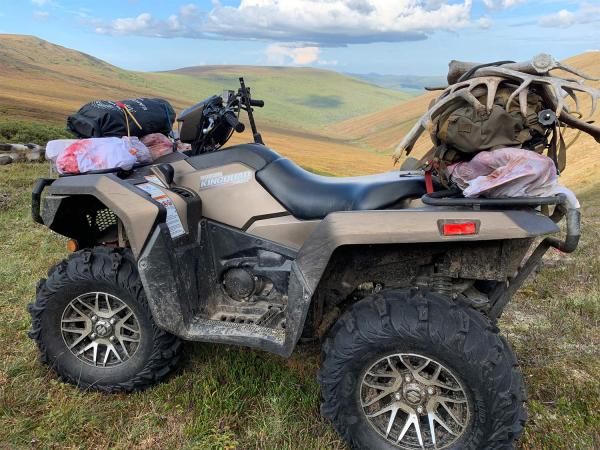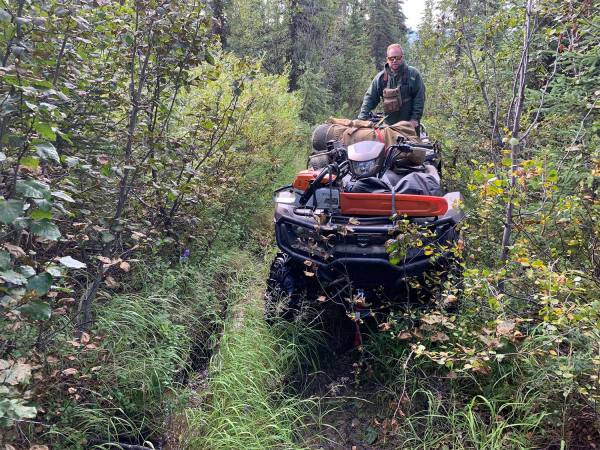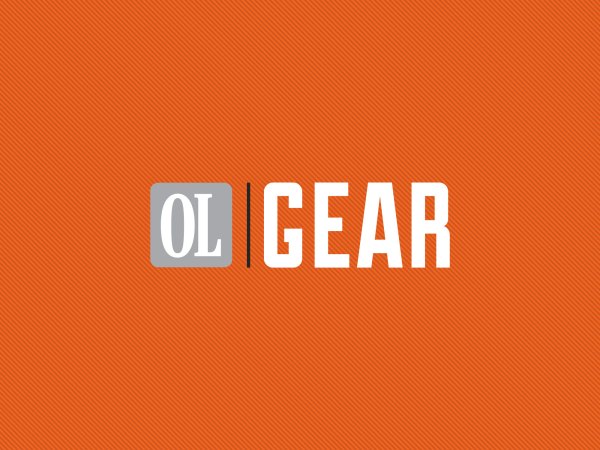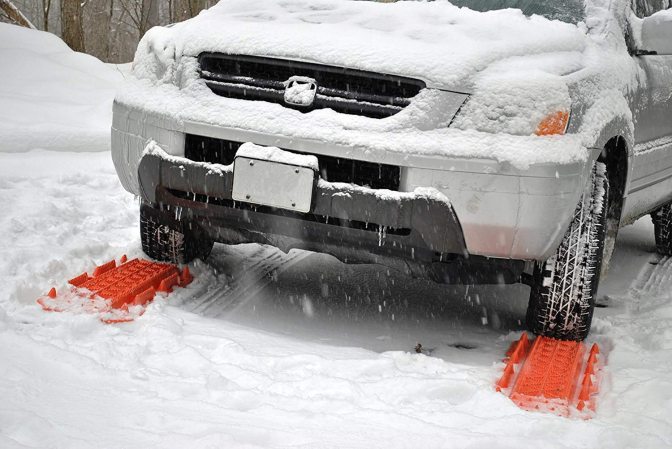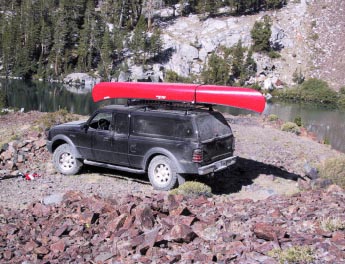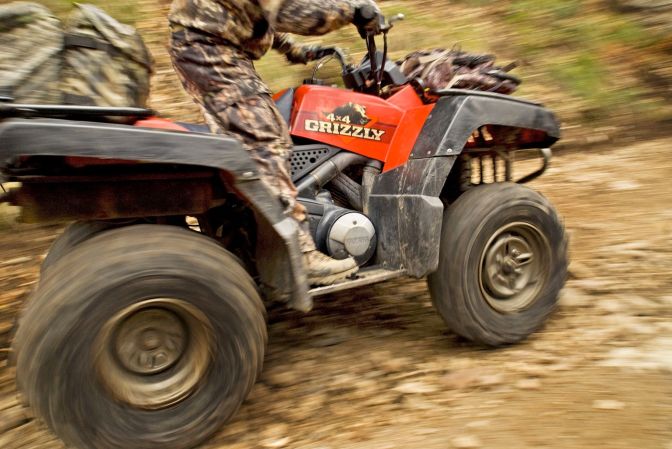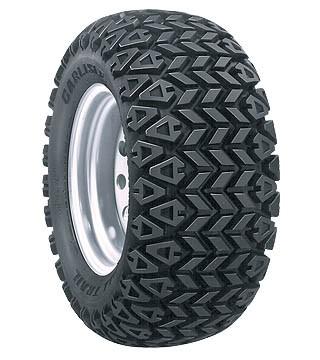We may earn revenue from the products available on this page and participate in affiliate programs. Learn More ›
Driving through dicey trails and muddy two-tracks comes with the territory if you’re a hunter. And since we all know some of the best hunting spots are tucked away in the far reaches of a national forest or private ranch it’s critical that your vehicle is capable of delivering you—and all your gear—to that location. Unfortunately, most showroom floor trucks aren’t adequately equipped to navigate the backcountry. Once you’ve bought a truck there are some critical aftermarket upgrades you can make to maximize the capabilities of your pickup and ensure you always safely arrive at hunt camp.
Making Permanent Changes
For the sake of this article, I will be listing permanent equipment additions to your truck. In most cases, these upgrades cannot be found on trucks straight from the factory, and those that do have them, such as off-road tires, usually cost a premium for what often turns out to be a low-grade add-on.
This list will not include small gear items that can be easily added or removed. For instance, emergency equipment, such as jumper cables, extra gas, tools, and tire repair kits are all things you should already keep in the cab or bed of your pickup. The same is also true of off-roading and hunting equipment that is stored loosely inside your truck. Equipment like tow straps, traction mats, air compressors, and gear storage solutions do not appear on this list.
What You Need From Your Hunting Truck
Each hunter is different, and the game they pursue affects what they need their truck to do. There’s plenty of information on the interent—good and bad—about what a hunter needs in a pickup. For this story, I spoke to three hunters of varying backgrounds (and added my extensive automotive expertise) to try and get a better sense of what upgrades are likely to serve the largest number of hunters possible.
Tim Cassibry, Olivia Crews, and David Haynes all have big-game hunting experience, and both Crews and Haynes have pursued gamebirds throughout the West and Midwest. Each hunter has relied on a good truck to get them to their destination and back; and each has their own unique take on what upgrades a hunting truck should have. Despite their differing experiences, however, many of their chosen upgrades matched, creating a helpful degree of consensus between them.
1. Off-Road Tires
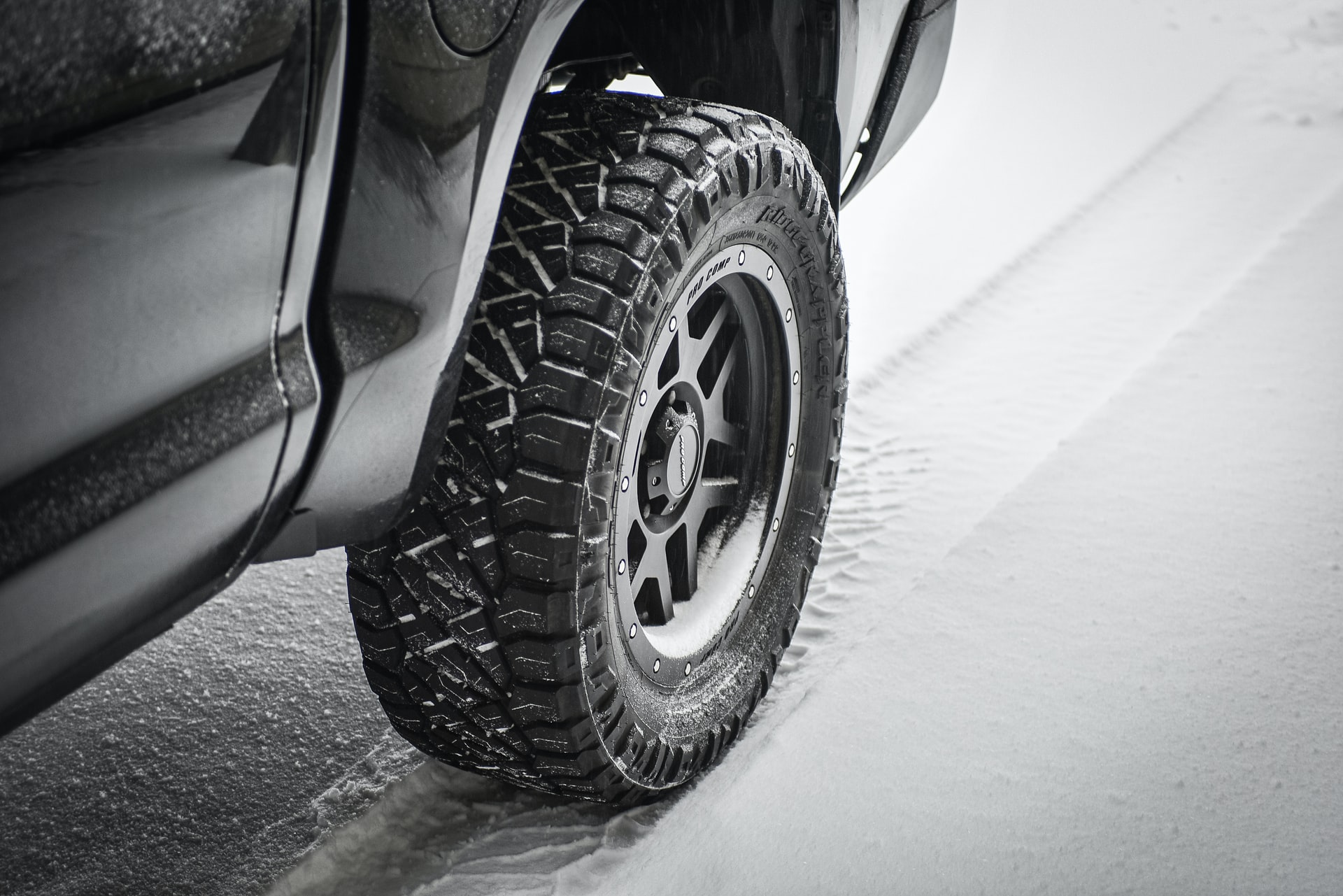
Off the pavement, traction reigns supreme, so whether you’re scouting mallards or trailing elk in the mountians, you’ll likely need a new set of off-road tires to get you where you need to go. Off-road tires come in a variety of sizes and styles, so make sure you know what you’ll need before you drop $1,000 (or more) on some fancy rubber.
For most hunters, all-terrain (A/T) tires are going to be your best bet. Most activity-specific off-road tires, such as mud tires or rock tires, tend to wear out faster when driven on pavement, whereas A/T tires will last longer while providing a quieter, more comfortable ride on the highway and around town. While A/T tires may lack somewhat in the capability compared to more specialized tires, they still provide plenty of traction for tackling dirt roads, snow, and mildly muddy or rocky trails.
I don’t recommend swapping to a larger tire diameter unless you’re fully aware of the financial investment such a decision entails. Some trucks have wheel wells that allow more room for growth than others, but tire diameter increases still will be limited to only a few inches at best without requiring pricey upgrades to your suspension. Even without a suspension upgrade, increasing your tire size will necessitate a trip to your mechanic to have him recalibrate your truck’s ECM and speedometer, and you will likely find that your truck’s already low fuel efficiency will become even worse.
Whatever tires you end up purchasing, seriously consider purchasing a portable air compressor. Sometimes, increasing off-road traction requires airing down your tires a bit, but once you get back to the pavement, you’ll need some way to add air.
2. Front-End Protection
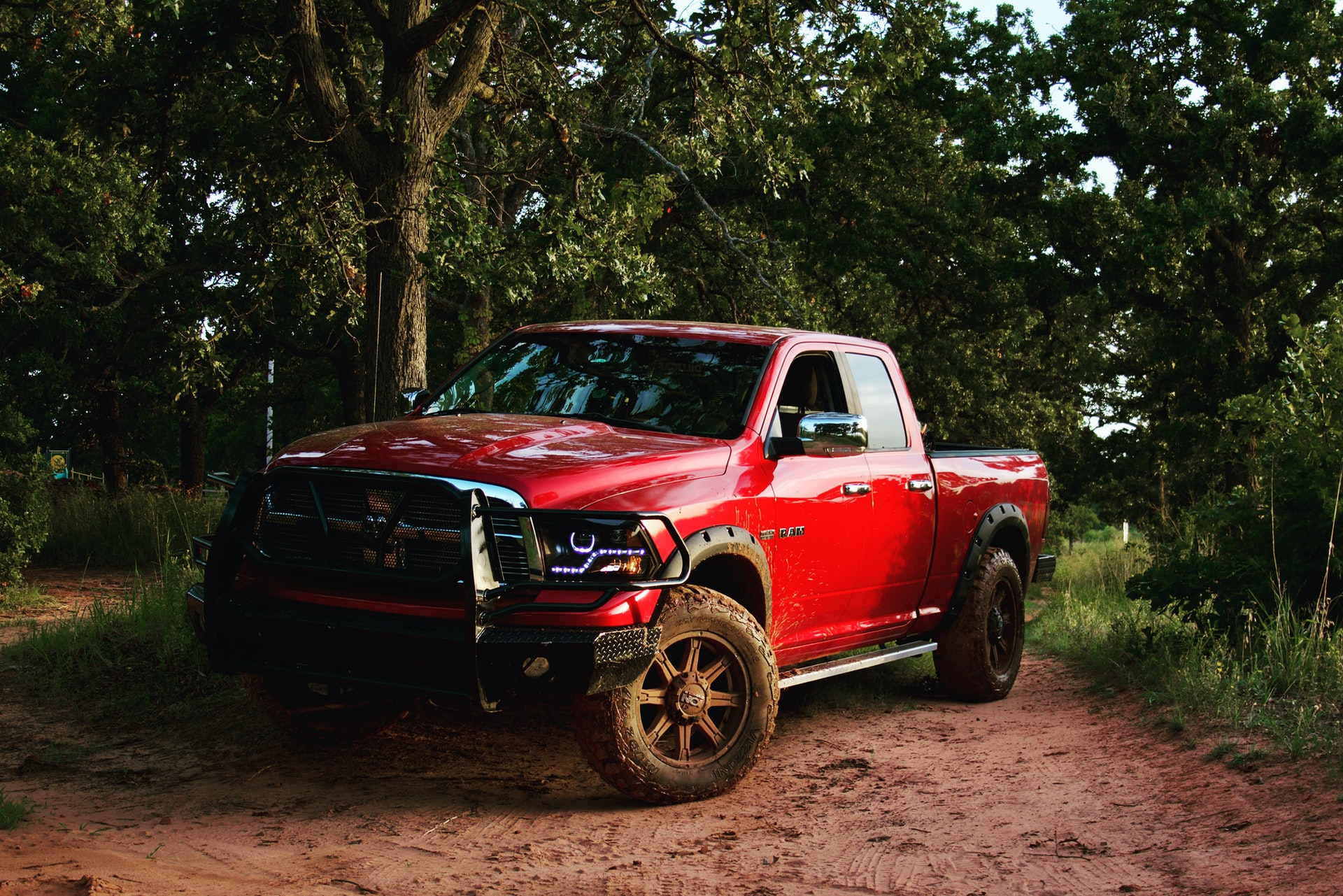
Reaching a prime hunting location can take a toll on your truck’s front end. To increase your truck’s longevity, consider investing in a bull bar or grille guard. Both options provide protection for your truck against tough terrain and rogue brush.
Easily the most minimal of front-end protection options, a bull bar consists of an inverted U-shaped that attaches to your truck’s frame with the top of the U wrapping up and over your bumper before peaking at or below the center of your grille. As the name implies, a bull bar defends the center of your truck’s front end against unexpected collisions with animals, but when equipped with a skid plate, a common feature, they do a solid job of resisting underside damage from sudden impacts with rocks and uneven ground. If you regularly travel over uneven or rocky trails but rarely encounter much in the way of brush or trees, a skid plate-equipped bull bar is likely your best bet.
If you regularly encounter plenty of brush, tree branches, and other hanging obstacles, a grille guard will be a better option. Grille guards expand upon the basic bull bar concept by replacing the inverted U design to dual bars that attach to your truck’s frame and wrap up to the hood. These two bars are attached with matching crossbars and, sometimes, steel webbing to better protect your grille without restricting airflow. If you hunt in locations with particularly thick brush, consider a grille guard with an integrated brush guard to protect your headlights as well. Unlike bull bars, grille guards rarely, if ever, sport a skid plate, so if you expect to bottom out on some tough, brushy trails, you may want to invest in a separate skid plate if your truck does not already have one.
3. Adjustable Off-Road Lighting
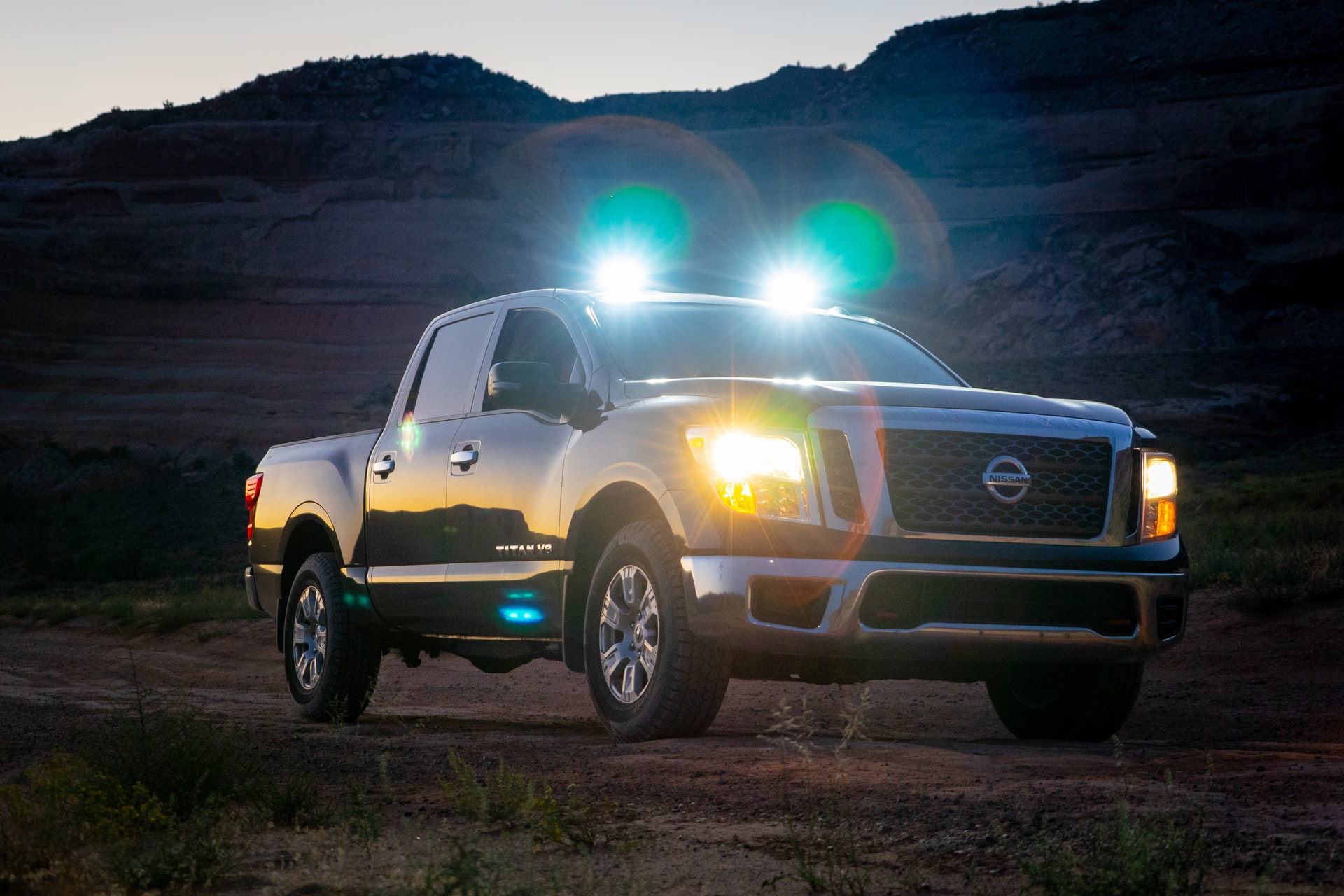
Many hunts begin and end in the dark, so adjustable off-road lighting for your truck can be an absolute lifesaver. By positioning for high-power auxiliary lighting somewhere above your headlights, you’ll be much better equipped to safely navigate rough trails in the dark, especially when your truck’s factory lights are caked with mud.
The off-road accessories market is loaded with all kinds of lighting options, and while LED light bars garner plenty of attention, I recommend adjustable spotlight-style lighting instead, like the Rigid Industries 360-Series. In addition to providing light on the trail, adjustable lights can be redirected to make cleaning game and other chores much easier.
4. Winch
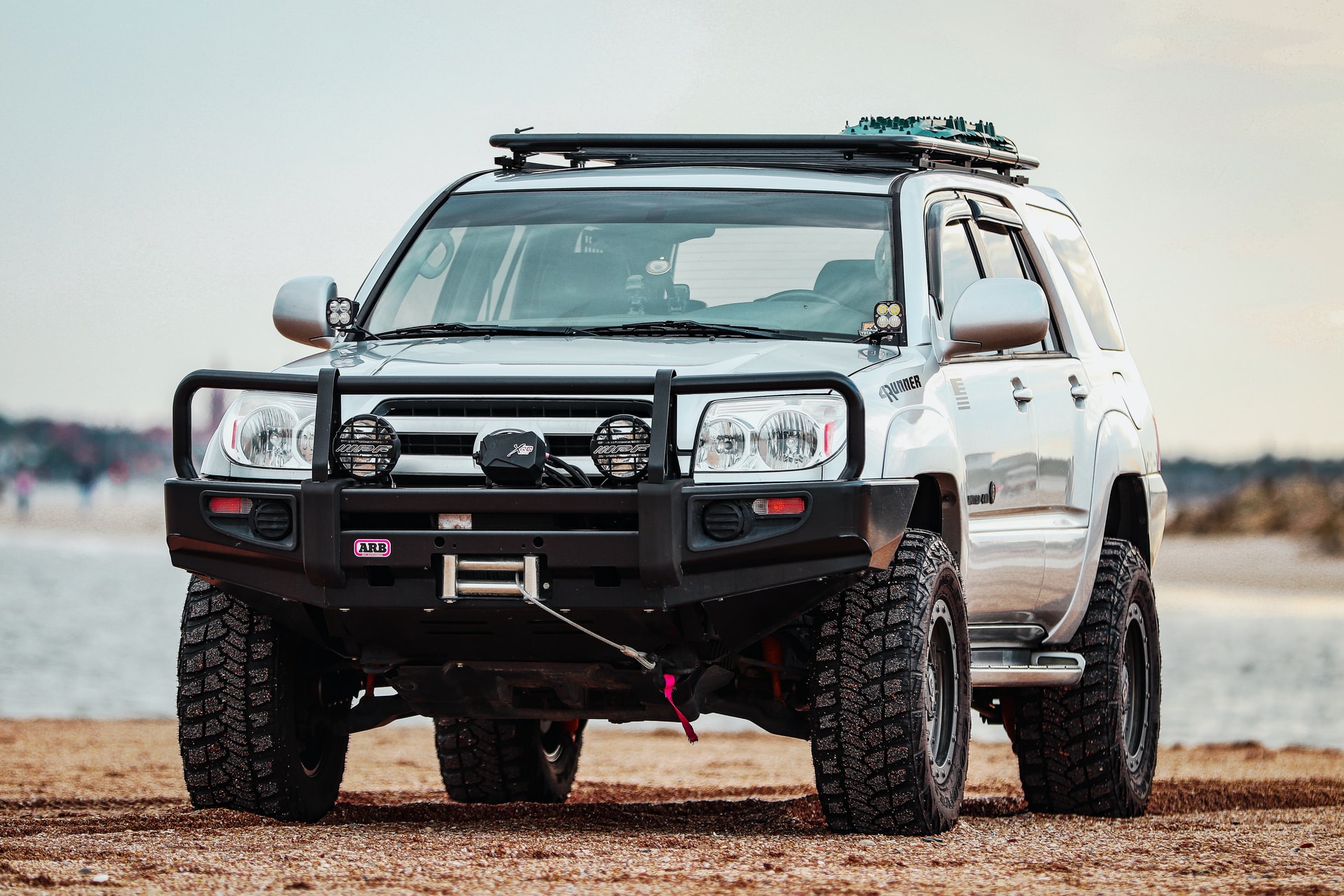
The only thing worse than tracking wounded game on a dark and frigid night is getting stuck on your way back to camp. As such, a winch is a must-have addition to your truck as well as recovery hooks or D-ring recovery shackles if your truck doesn’t already have them. This will put a quick end to your off-road misery. When shopping for a winch, make sure to note whether or not your truck will need a new bumper. Some stock bumpers can accommodate an aftermarket winch, but for most truck owners, a new, beefier bumper is in order. Thankfully, there are plenty of bumpers with integrated skid plates, bull bars, grille guards, and brush guards which offer plenty of bang for your buck.
Read Next: Why Are New Hunting Trucks So Expensive?
5. Lockable Bed Storage
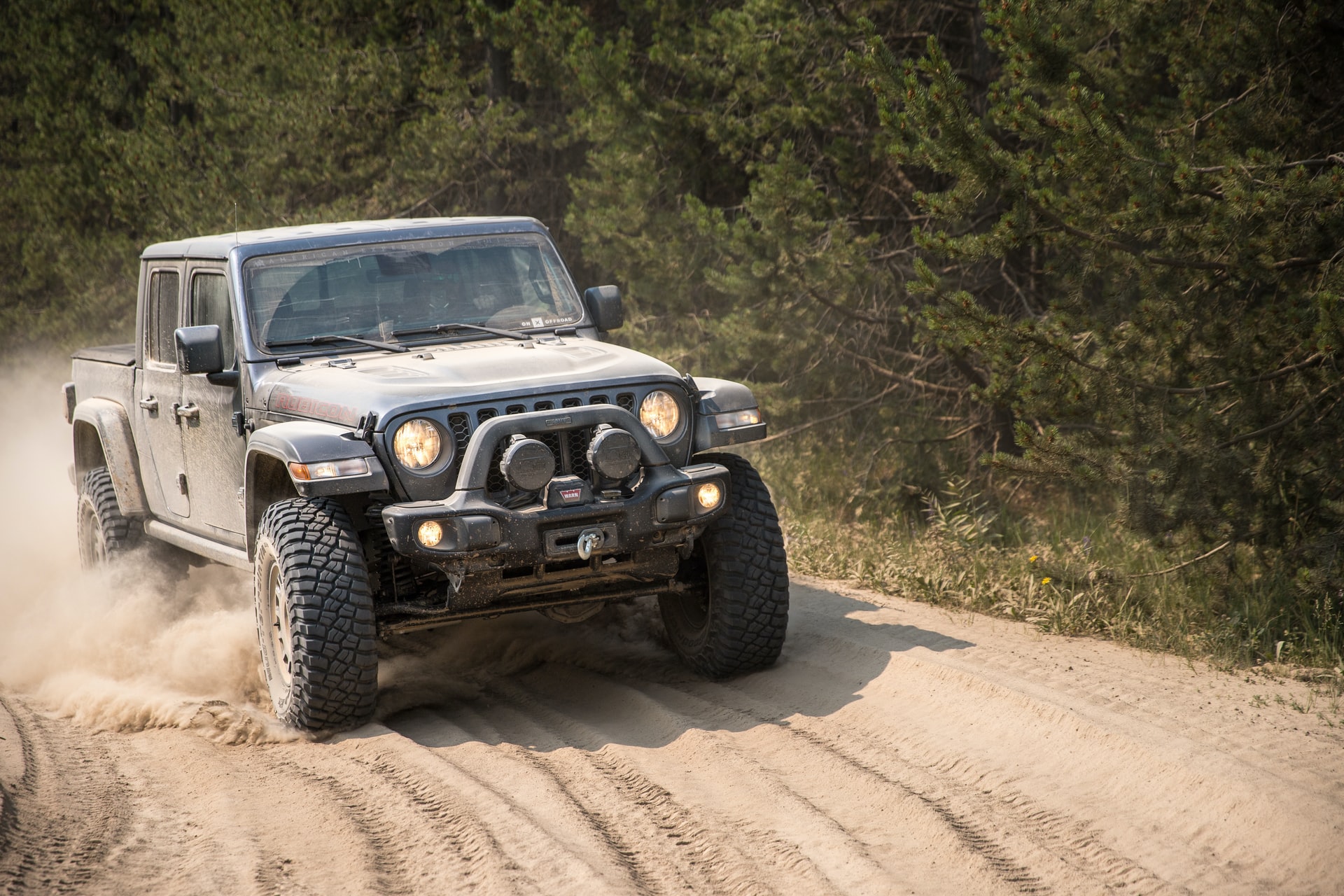
Even new trucks have limited in-cab storage options, so when you hit the road, you’ll want a secure place to store all your extra gear. A lockable tonneau cover, camper top, bed box, or bed drawer system is a great option for storing your equipment, keeping it organized, and away from prying eyes. Having some kind of bed cover, whether it’s a tonneau, truck cap, or a hybrid collapsible soft topper will come in clutch if your tent springs a leak or the weather turns ugly.
